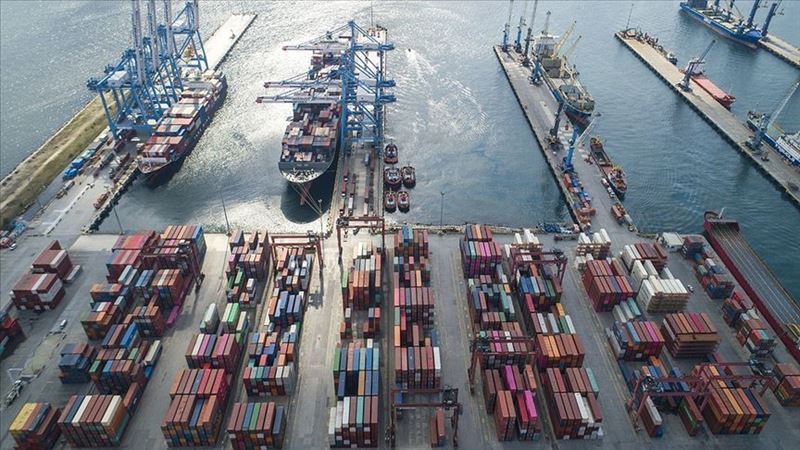Brazil's steel industry aims to be carbon neutral by 2050, but achieving this goal will require an investment of around 180 billion Reals ($29.3 billion). The lack of government support, as in the European Union, makes this transformation difficult in Brazil. The ambitious targets announced at COP29 are controversial in terms of feasibility for the sector.
Technological transformation and investment needs
Brazil's steel sector has relatively low carbon emissions, with 1.7 tons of CO2 emissions per ton, thanks to the use of renewable energy and the integration of biomass. However, the US achieves CO2 emissions of 0.8 tons per ton by producing in electric arc furnaces, indicating opportunities for improvement for Brazil. The steel sector needs to move to technologies such as hydrogen-fueled direct reduced iron (DRI). The implementation of these technologies requires large investments. According to AçoBrasil, the sector currently invests R$12 billion annually, but this is not enough for the necessary transformation.
Brazil's approved carbon market regulations will require steel producers to purchase carbon credits by 2030.
The Brazilian steel industry faces major financial and technological challenges on the decarbonization road. Investing in greener technologies and regulating imports is vital to achieve environmental goals and protect the local industry.









Comments
No comment yet.